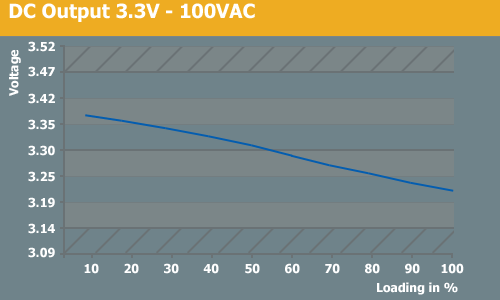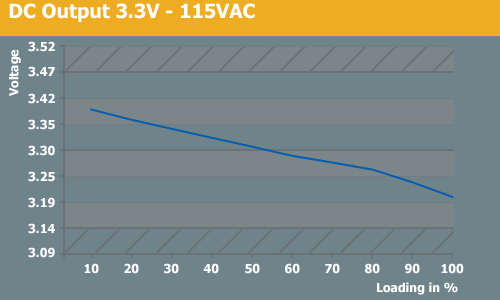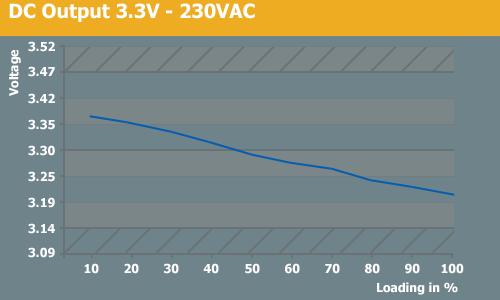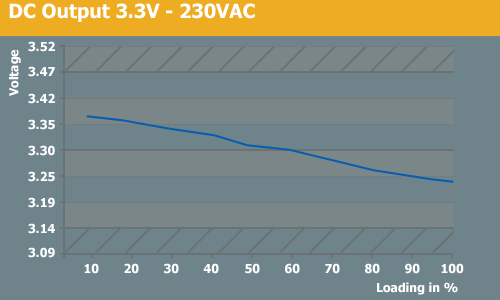PC Power & Cooling Silencer 750 Quad CF-Edition
by Christoph Katzer on July 18, 2007 1:00 AM EST- Posted in
- Cases/Cooling/PSUs
The Testing
For our second PSU review, we have modified our test regimen slightly. We have added a low input voltage test which is currently 100VAC; in future reviews we will test as low as 90VAC, but as this power supply is rated from 100 to 240VAC we couldn't perform a 90VAC test. Not that we didn't try, but with 90VAC the power supply wouldn't start. In addition we have moved all of the rails to separate pages now. This was necessary since we now have four tests to show. Four? Yes, we have added room temperature as a category and therefore we will have an additional result. We have performed the room temperature test with 230VAC just out of convenience since we have 230VAC on our standard grid power in the lab.
Note: If you would like to know more about our testing methodology, equipment, and environment, please read our Power Supply Test Methodology overview.
3.3V Results
With a high ambient temperature the 3.3V rail shows a steady drop at any input voltage. The graphs are all quite similar, but the drops are within spec and we experienced no instabilities in our system. However, at a normal room temperature things look slightly different. The results are a bit closer to the optimum and don't drop as much. In any case the 3.3V rail will not cause any problems under heat influence.




3.3V at room temperature
For our second PSU review, we have modified our test regimen slightly. We have added a low input voltage test which is currently 100VAC; in future reviews we will test as low as 90VAC, but as this power supply is rated from 100 to 240VAC we couldn't perform a 90VAC test. Not that we didn't try, but with 90VAC the power supply wouldn't start. In addition we have moved all of the rails to separate pages now. This was necessary since we now have four tests to show. Four? Yes, we have added room temperature as a category and therefore we will have an additional result. We have performed the room temperature test with 230VAC just out of convenience since we have 230VAC on our standard grid power in the lab.
Note: If you would like to know more about our testing methodology, equipment, and environment, please read our Power Supply Test Methodology overview.
3.3V Results
| 3.3V Test Results | |||
| Percentage | Ampere | Wattage | Wattage (All Rails) |
| 10% | 1.41 | 4.75 | 75.61 |
| 20% | 2.83 | 9.51 | 150.82 |
| 30% | 4.24 | 14.16 | 225.52 |
| 40% | 5.65 | 18.82 | 299.69 |
| 50% | 7.06 | 23.37 | 373.43 |
| 60% | 8.48 | 27.9 | 446.52 |
| 70% | 9.89 | 32.44 | 519.14 |
| 80% | 11.3 | 36.95 | 591.04 |
| 90% | 12.72 | 41.21 | 662.41 |
| 100% | 14.13 | 45.5 | 732.52 |
With a high ambient temperature the 3.3V rail shows a steady drop at any input voltage. The graphs are all quite similar, but the drops are within spec and we experienced no instabilities in our system. However, at a normal room temperature things look slightly different. The results are a bit closer to the optimum and don't drop as much. In any case the 3.3V rail will not cause any problems under heat influence.




3.3V at room temperature










31 Comments
View All Comments
Christoph Katzer - Wednesday, July 18, 2007 - link
Thanks, was of course wrong. I changed it now.